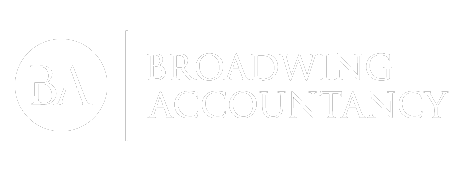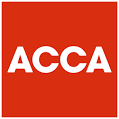How to avoid cash flow problems with sound planning and plugging in the right numbers.
Cash is the lifeblood of any business and making sure you know how it flows in and out of yours is vital to success. Plenty of profitable businesses have been upended by unexpected cashflow problems, but by forecasting and planning your expenditure you can give yourself the best chance of success.
Cashflow forecasting sounds daunting but is actually a deceptively simple process that effectively amounts to using available information to predict how much money you will have coming in and out of your business at any given point.
At first glance it may seem like the financial equivalent of sticking your finger up in the air but delve a little deeper into the figures and you can gain some valuable insight.
The most basic form of cashflow forecast is simply a spreadsheet listing income and costs on a monthly basis, with yearly totals for each. For added detail you can break costs out into categories – this can be handy for identifying seasonal variations in costs (for example, your heating bill will probably go up in the winter). Here are our golden rules of cashflow forecasting:
- Be realistic
The first rule of cashflow forecasting is to be realistic, sometimes even pessimistic. A cashflow forecast is not worth the paper it’s printed on if you are not sensible while predicting your income.
Planning to double your advertising spend because you think your annual sales will jump from £100,000 to £20m by next January will not only cause your bank manager to laugh you out of their office, it could also result in your business going belly-up as your costs skyrocket and your sales stay the same.
- Remember the definition of income and cost
The second rule for effective forecasting is to remember that an invoice is not income, and an expense is not a cost.
That probably sounds rather counter-intuitive, but it’s all to do with when money enters and leaves your bank account. You may issue an invoice for £10,000, but if you’re not expecting it to be paid for 90 days, you have three months to wait until you have that money to play with.
Similarly, you may buy a new laptop for £1,000, but if you pay for it on a credit card or can delay payment, the financial impact on your bottom line may not be quite so severe or immediate.
- Include every item
The third rule is to include absolutely everything in your forecast. A missed postage expense here or a forgotten utility bill there may not seem like the end of the world, but over 12 months those incidental expenses can add up. If you’re sailing close to the wind financially, those unplanned expenses are what will tip you over the edge.
Get into the habit of including absolutely everything, and never compromise. If in doubt, throw it into the forecast. It’s better to have accounted for an expense and not have to pay it than vice versa.
- Plan multiple scenarios
A good portion of cashflow forecasting is guesswork. You can never know exactly what your sales figures will be for a given period, especially one many months in the future. One way to combat this uncertainty is to forecast three scenarios. Take your best guess as a base, then create one scenario one with 20% higher sales and another with 20% lower.
For example, a business forecasting sales of £100,000 and costs of £90,000 would make a healthy £10,000 profit for the year. With 20% higher sales their profits would increase to £30,000, which is great news. However, with 20% lower sales they would make an operating loss of £10,000.
- Factor in fixed and variable costs
When you separate your costs into different categories, take some time to think about which are fixed and which are variable.
Things like rent or certain utility bills (broadband, for example) will remain the same the whole year, which makes forecasting that little bit easier. Other costs, such as heating or electricity bills, may vary seasonally – so factor these changes into your cashflow forecast.
Some costs will be tied directly to your profits. Stock, for example, will only need to be purchased if sales are made. Business mileage may also be tied to how much business you’re doing. If you suddenly take on a slew of new customers, you may need to hire more staff to meet demand.
It’s important to remember that if you are predicting an upswing in sales, these costs too will rise. Conversely, if you forecast a slowdown in your income, your cost base will decrease slightly.
- Plan for seasonality
The most important function of a completed cashflow forecast is to help you identify seasonality in your business and plan your finances accordingly.
If the majority of your sales happen at a particular time of year (for example if you sell Christmas Trees or swimsuits), a cashflow forecast will help you plan your expenditure for the portion of the year when your income is lowest and allow you time to put contingency plans in place should your cashflow look unhealthy.
So, if you’re considering outsourcing your accounts and require some further information, why not give Brian Munjanja a call on 01604 328328 to find out how Broadwing Accountancy could help you? Alternatively, you can email Brian on [email protected].






